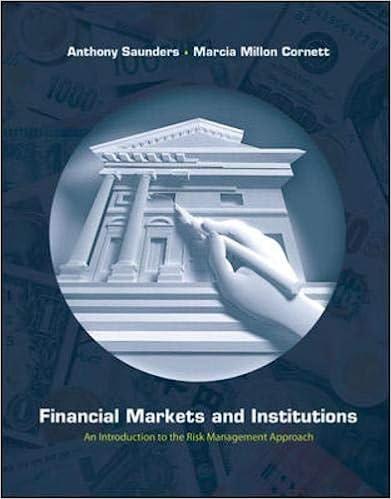All four

Which of the following statements is CORRECT? 10-year, zero coupon bonds have more reinvestment risk than 10-year, 10% coupon bonds. A 10-year, 10% coupon bond has less reinvestment risk than a 10-year, 5% coupon bond (assuming all else equal). The total (rate of) return on a bond during a given year is the sum of the coupon interest payments received during the year and the change in the value of the bond from the beginning to the end of the year, divided by the bond's price at the beginning of the year The price of a 20-year, 10% bond is less sensitive to changes in interest rates than the price of a 5-year, 10% bond. A $1,000 bond with $100 annual interest payments that has 5 years to maturity and is not expected to default would sell at a discount if interest rates were below 9%. a. c. e. Which of the following statements is CORRECT? If the Federal Reserve unexpectedly announces that it expects inflation to increase, then we would probably observe an immediate increase in bond prices. The total yield on a bond is derived from the firm's stock dividend payments plus changes in the price of the bond. Bonds are generally regarded as being riskier than common stocks, and therefore bonds have higher required returns. Bonds issued by larger companies always have lower yields to maturity (due to less risk) than bonds issued by smaller companies. The market price of a bond will always approach its par value as its maturity date approaches, provided the bond's required return remains constant. a. c. d. (TRUE or FALSE) If a 10-year, $1,000 par, 10% coupon bond were issued at par, and if interest rates then dropped to the point where r,-YTM-596, we could be sure that the bond would sell at a premium above its $1,000 par value. TRUE or FALSE) Other things held constant, including the coupon rate, a corporation would rather issue noncallable bonds than callable bonds. Which of the following statements is CORRECT? If a bond is selling at a discount to par, its current yield will be greater than its yield to maturity All else equal, bonds with longer maturities have less price risk than bonds with shorter maturities. If a bond is selling at a premium, its current yield will be less than its yield to maturity. All else equal, bonds with larger coupons have less price risk than bonds with smaller coupons. a. b. C. d








